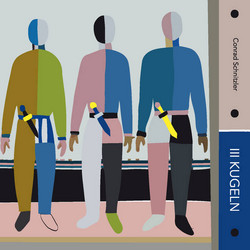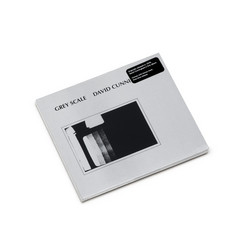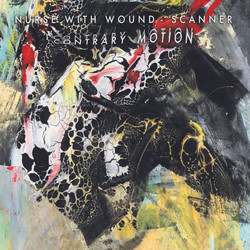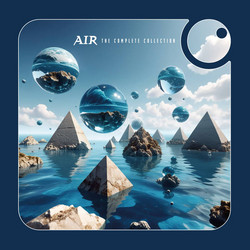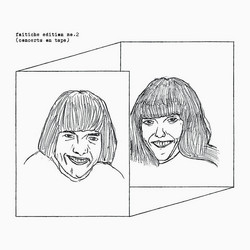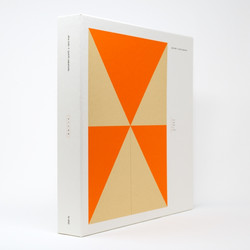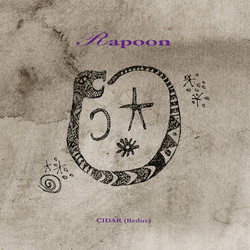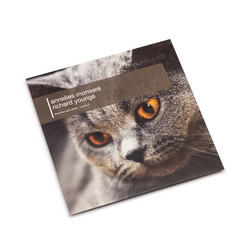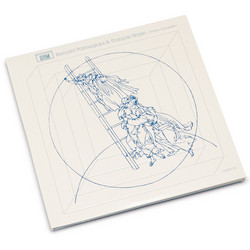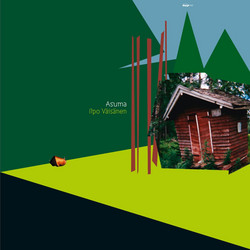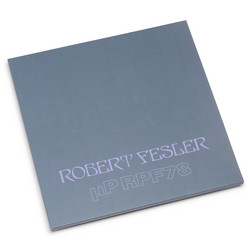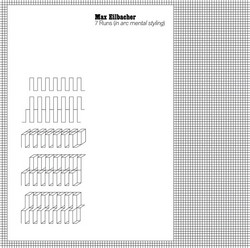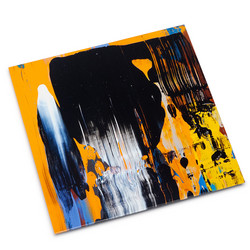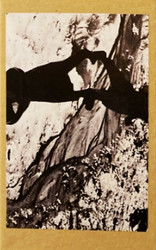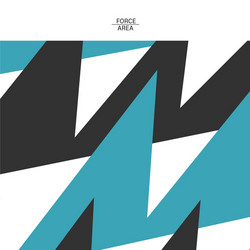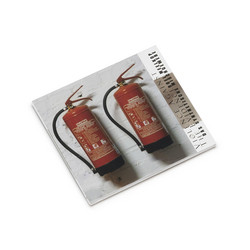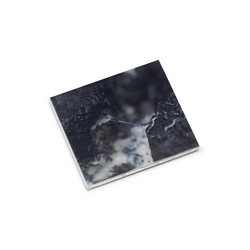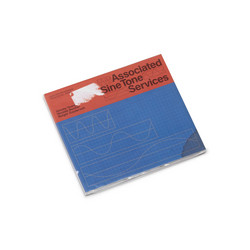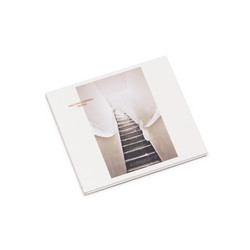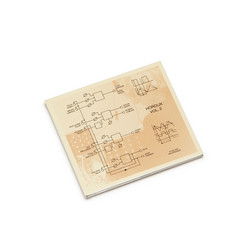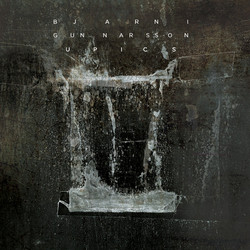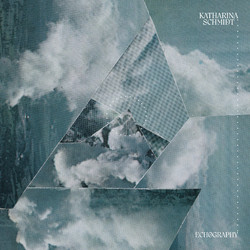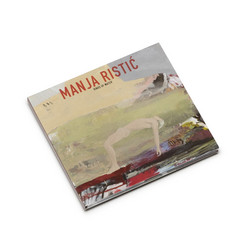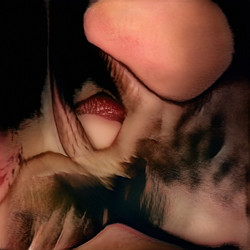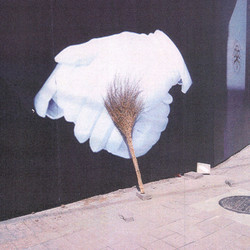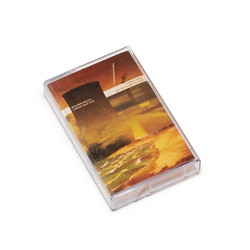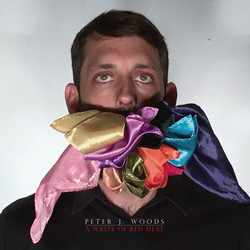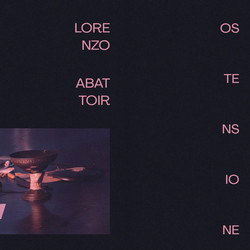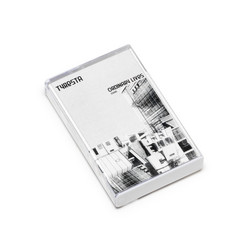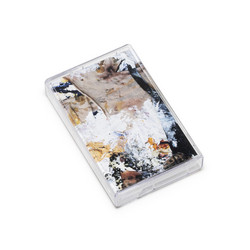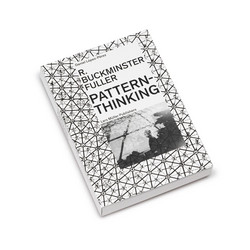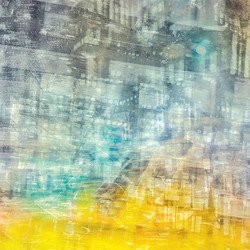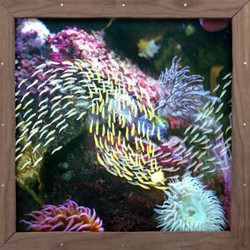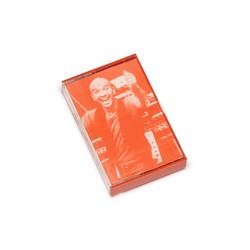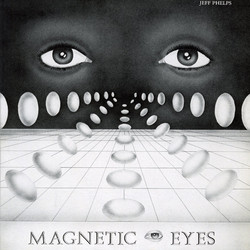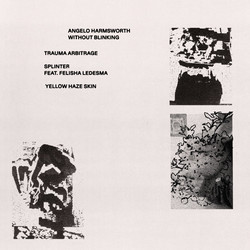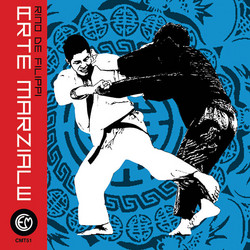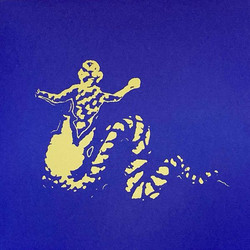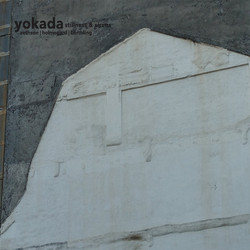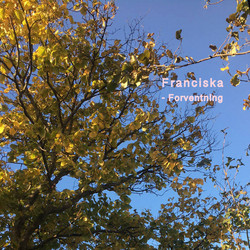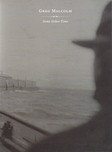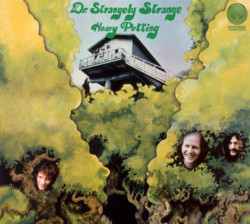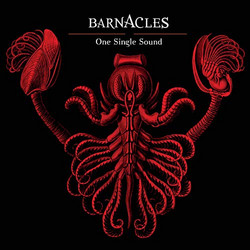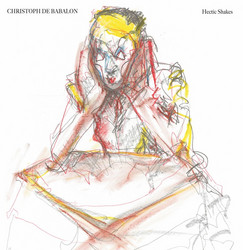«While composing these pieces, I focused on the 20th and 21st-century composition techniques in three main concepts: Serialism, Microtonality, and Noise. You could almost say the Italian Avant-garde of the last century had it all: noise, new music, and the math of Leonardo of Pisa, later known as Fibonacci.
In making Composition For Two Oscillators And Two Tape-Recorders I focused on microtonality. The basic concept I like and play with is when tones get close and start to interact with each other, they happen to move almost by themselves. Like this, beautiful tones and harmonics seem to occur that aren't even played and the piece becomes a living creature. Tones moving in microtonal steps makes this work with more detail and almost imperceptible movement. This is all enhanced by the two tape-recorders placed in a way so they work as a big and slow tape delay unit. Because of the distance between the two recorders the pitch shifts, this is again fed back into the recorder to hear the tone again, and again each time drifting more and more. Meanwhile, the two oscillators keep playing into the recorders too. This results in an ever-ongoing and evolving process. It is a very intense listen but when you go for it, you get a sense of peace and a state of trance, let alone the wonderful world of timbre and harmonics and layers you enter.
Eert Uw Vader En Uw Moeder is originally an old Mongolian recording of the biblical text "Honor Thy Father And Thy Mother" (so it says, my Mongolian is pretty bad..) Here I played with the spacing of sound and silence and the theatrical effect this gives to the message. A fun little detail, the organ chords are, in fact, from an electric Wurlitzer Piano.
As I mentioned, I love serialism in my compositions. Hooray For Today reminds me of the serial "collage" like compositions of the last century. Most of the parameters are configured by serialism, like, whether there is sound, noise or silence, far away or close by, play lengths, effects, one or multiple layers of sound, etc. This is all derived from a birthday card I got, that is filled with lines with different sized dots on it. In practice, I gave every line a different parameter where every dot means a different configuration of that parameter.
The Italian Division's on the other hand was a bit more complex. The foundation consists of two parts starting with 5 different noise sources which all had different handlings and operations. Using the Fibonacci sequence I was able to divide and structure it into sound and/or silence. Building onwards by using different tools to contract, expand and granulate all the noises to a piece full of beautiful noise, cracks, and sounds in every direction. If you listen carefully, you could even say that part 1 is about space, part 2 locks in grooves and part 3 embraces harmony and melody.» - Raoul van Herpen
